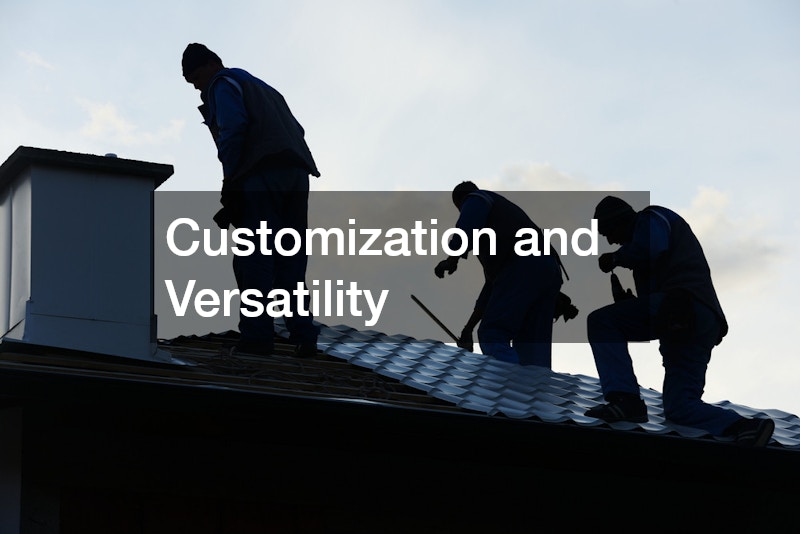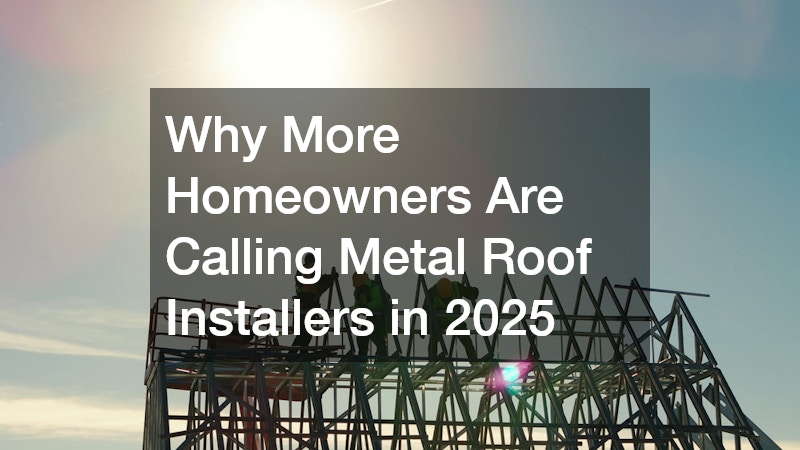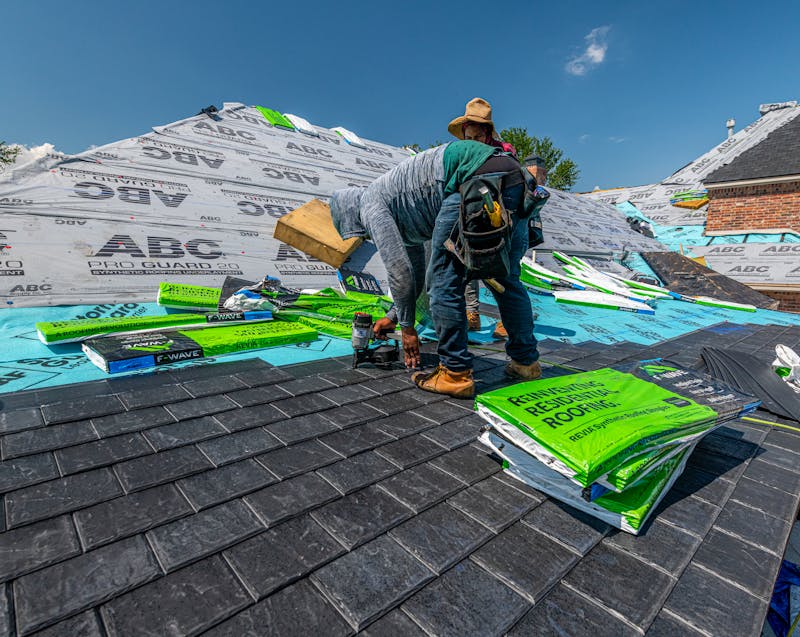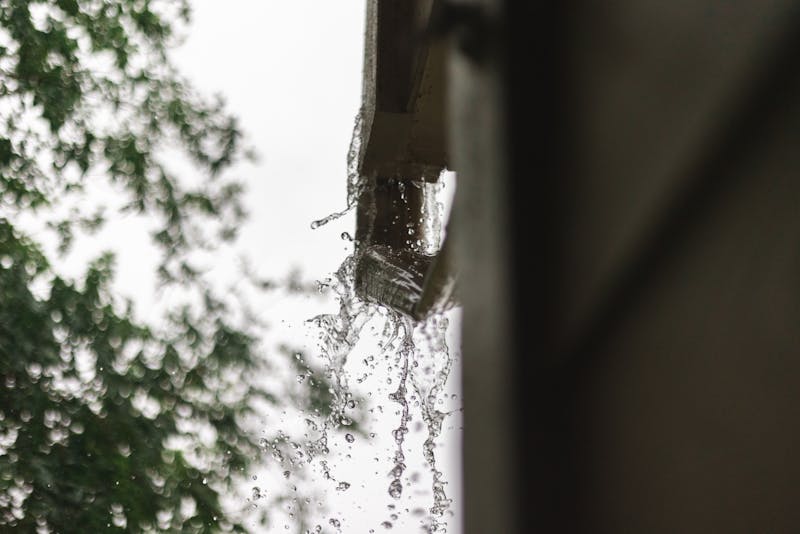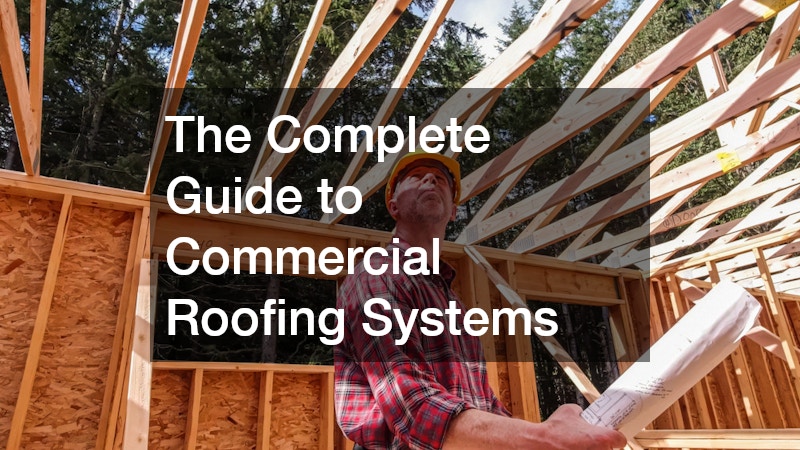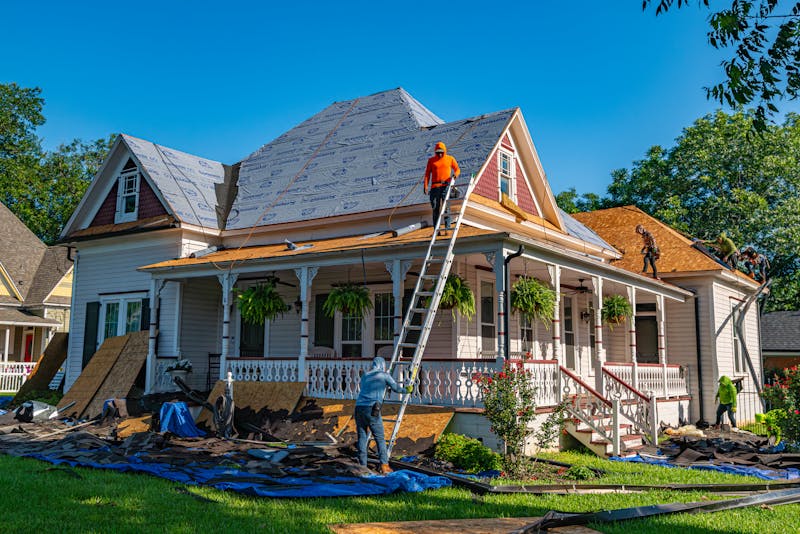In recent years, the demand for metal roofing has surged among homeowners. This article delves into the reasons behind the growing popularity of metal roofs, focusing on the key factors driving this trend in 2025.
The Benefits of Installing a Metal Roof
Durability and Longevity
Metal roofs are renowned for their exceptional durability and longevity, often outperforming traditional roofing materials such as asphalt shingles. Homeowners opt for metal roofs because they can last 40-70 years, with some varieties, like copper, enduring well over a century. Resistance to harsh weather conditions like heavy snow, strong winds, and even wildfires contributes to their reputation as a reliable choice.
Unlike other materials that degrade over time, metal roofs maintain their integrity and functionality for decades. This resilience translates into fewer replacements and repairs over the roof’s lifespan, offering homeowners long-term peace of mind. Moreover, advancements in protective coatings and rust-resistant technologies have further extended their life expectancy.
In addition to withstanding environmental stresses, metal roofs require less maintenance than traditional roofs. Minor upkeep and periodic inspections are enough to keep them in top condition. This low-maintenance aspect not only saves time and effort but also reduces the overall cost associated with roofing upkeep.
Energy Efficiency
Metal roofs contribute significantly to a home’s energy efficiency, making them an attractive choice for environmentally conscious homeowners. They reflect solar radiant heat, helping to reduce cooling costs during the hot summer months. Many homeowners report savings of up to 25% on annual energy bills, a key factor driving the growing popularity of metal roofs.
Beyond immediate energy savings, metal roofs are also compatible with solar panel installations. Their durable surface offers a secure foundation for solar systems, further enhancing a home’s sustainability. With the increasing concern over climate change, more homeowners are turning to metal roofing as a way to decrease their environmental footprint.
The recyclability of metal roofing materials also contributes to their energy-efficient appeal. When a metal roof reaches the end of its life, it can be recycled rather than ending up in a landfill. This cycle reuse is another compelling reason why many homeowners are choosing metal roofs as a sustainable option for their homes.
How the Cost of Metal Roofing Compares to Traditional Materials
Initial Investment vs Long-term Savings
The upfront cost of metal roofing is often higher than traditional materials like asphalt shingles. However, the long-term savings offset the initial investment, as metal roofs require less maintenance and have a much longer lifespan. Over the years, homeowners have experienced a reduction in repair and replacement costs, resulting in financial savings.
Other cost savings come from metal roofs’ energy efficiency, reducing heating and cooling expenses. While metal roofing can be a sizable initial investment, the longevity and energy savings make them a cost-effective solution over time. Thus, homeowners are increasingly willing to invest in metal roofs as a long-term financial strategy.
Moreover, metal roofs can increase a home’s resale value. Their durability, energy efficiency, and aesthetic appeal are attractive features to potential buyers, translating into a higher market value. As a result, more homeowners are choosing to install metal roofs for their short-term benefits and long-term financial advantages.
Impact of Advances in Manufacturing
Advances in manufacturing technologies have significantly impacted the cost and accessibility of metal roofing. Automation and innovative processes have streamlined production, reducing costs and making metal roofs more affordable for a broader range of homeowners. These technological improvements have widened the appeal of metal roofing beyond luxury and into the mainstream market.
Manufacturing advances have also led to the development of lighter and more efficient materials. Innovations in coating and finish technologies have improved rust resistance and overall performance. This evolution has enhanced the quality and affordability of metal roofs, contributing to their growing popularity among budget-conscious homeowners.
Additionally, the ability to produce metal roofs in various styles and finishes has expanded their aesthetic options. Homeowners are no longer limited to industrial looks, even in residential settings. With improvements in production techniques, more homes now feature stylish, robust metal roofs as a result of these advances in manufacturing.
Aesthetic Options Available With Metal Roofs
Variety of Styles and Colors
Metal roofs offer a broad range of styles and colors, catering to diverse aesthetic preferences and architectural designs. From traditional looks like standing seam to sleek, modern profiles, metal roofs can complement any home. This versatility allows homeowners to achieve the desired look without sacrificing durability or performance.
In addition to traditional colors, metal roofing materials can be customized with specialized finishes. This range allows for creativity in design, resulting in personalized roofing solutions that enhance curb appeal. The color options and ability to mimic other materials give metal roofs an edge in aesthetic versatility.
Customization and Versatility
The versatility of metal roofs allows for extensive customization options. From the type of material used to the finish and color, homeowners can tailor their roofs to meet specific aesthetic goals. This flexibility ensures that metal roofs can enhance a home’s overall design and add unique character.
Additionally, metal roofs can be adapted to various architectural styles. Whether on historic homes or modern builds, metal roofing can be customized to match the desired style while delivering the benefits of metal. This adaptability is a significant factor in their increasing popularity among architects and homeowners alike.
The growing trend of metal roofing in 2025 is driven by a blend of durability, cost-effectiveness, and aesthetic flexibility. As more homeowners recognize these advantages, the call for skilled metal roof installers continues to rise, reshaping the roofing industry. With advancements in technology and a focus on sustainability, metal roofs are set to remain a leading choice for forward-thinking homeowners.
